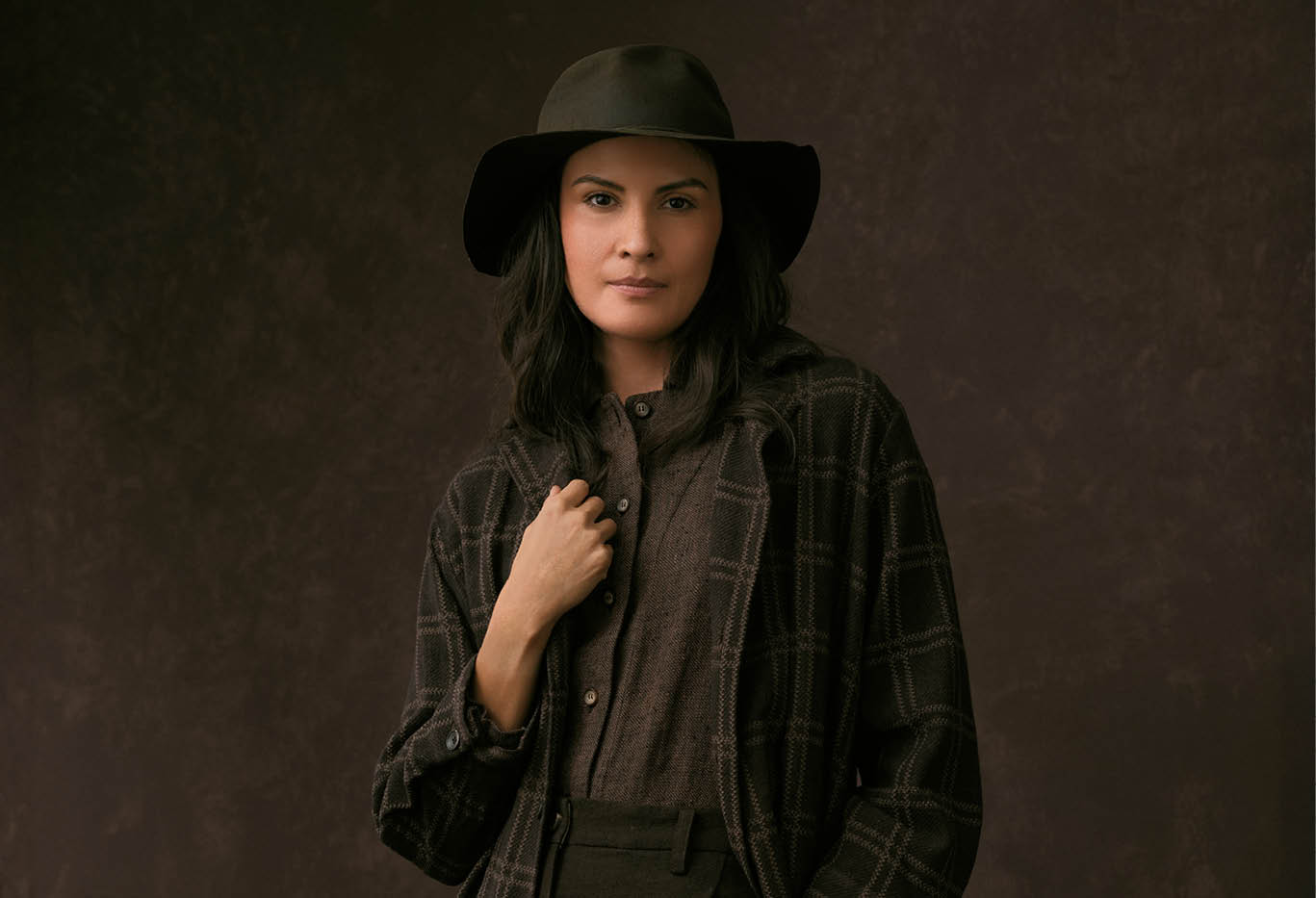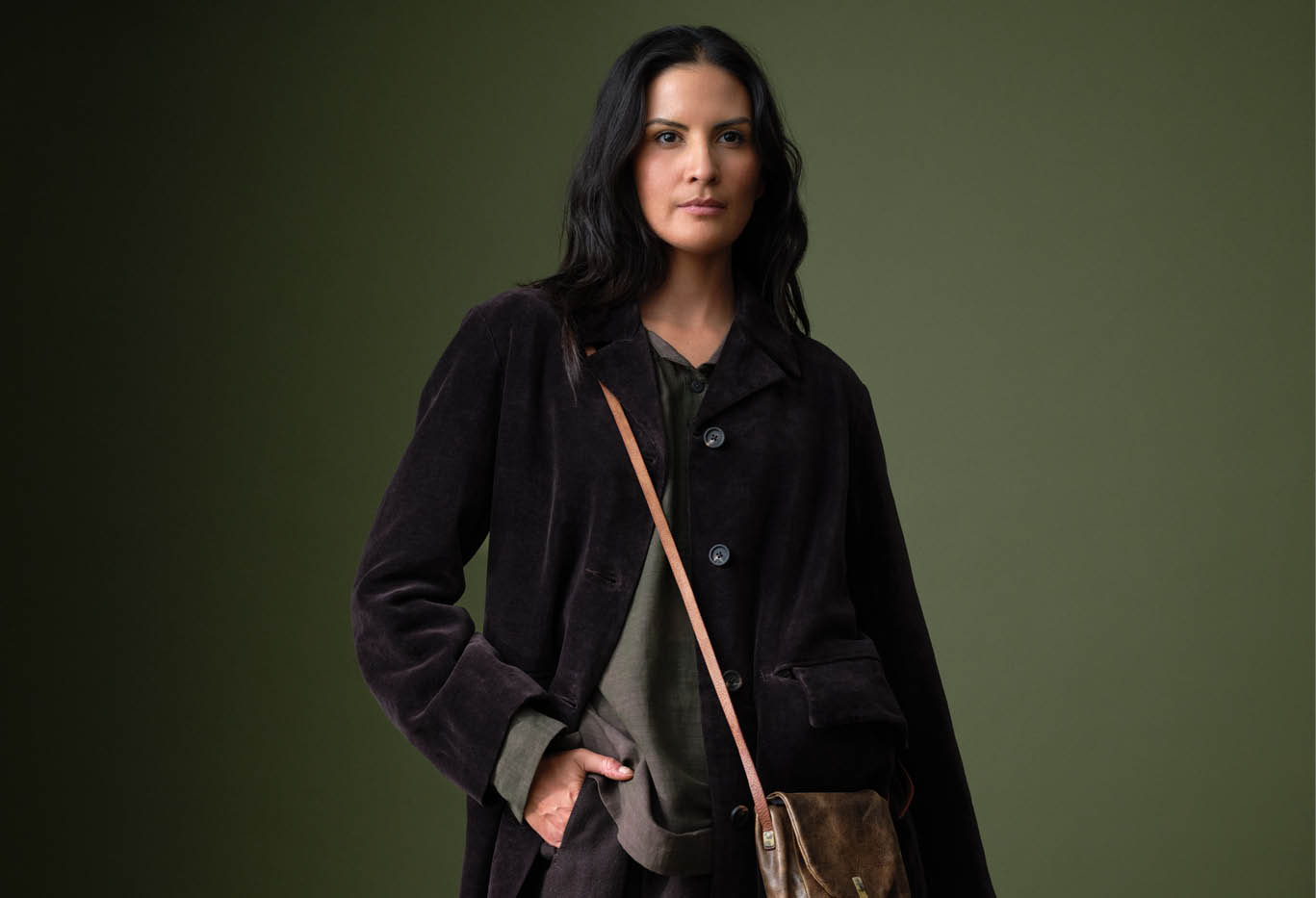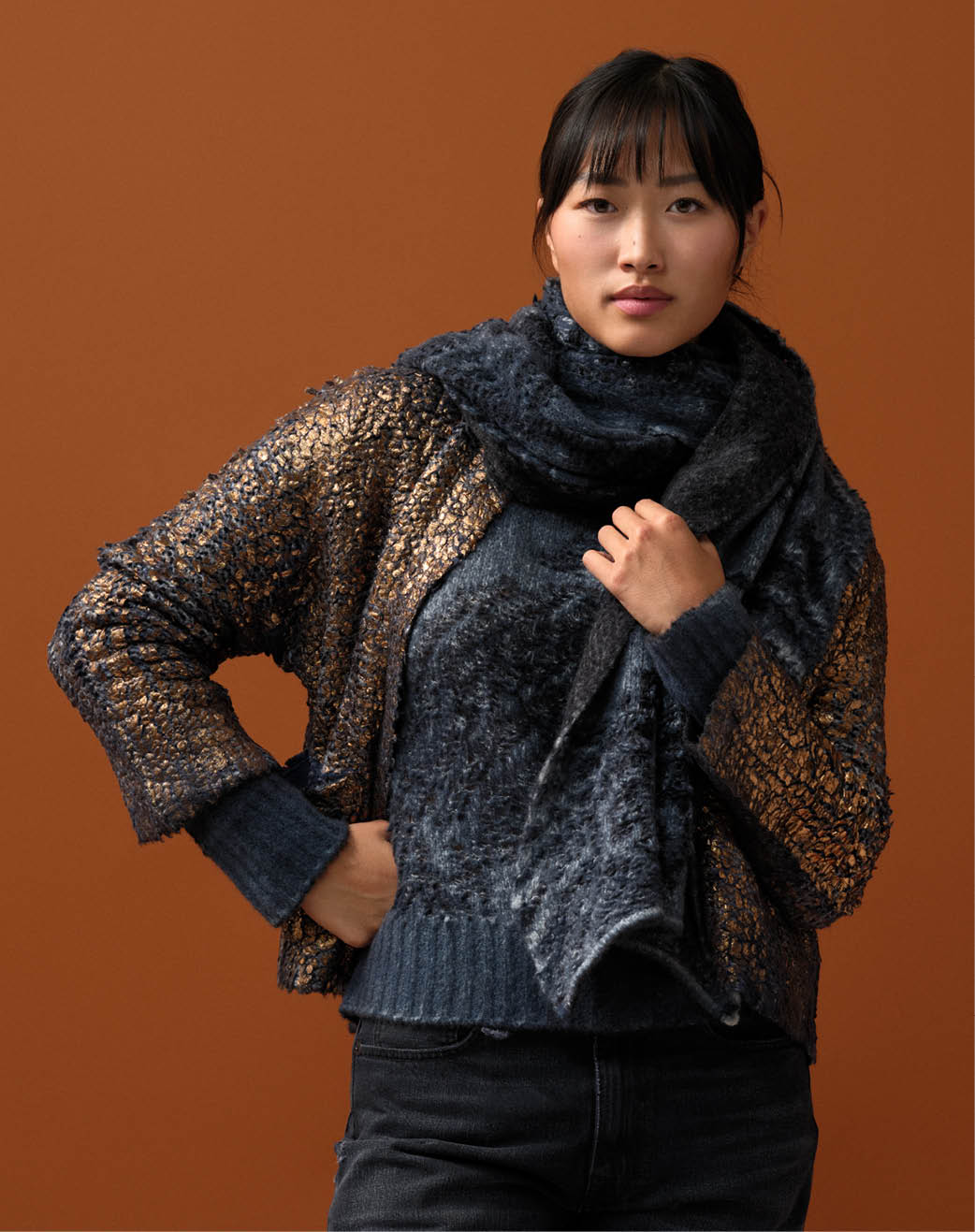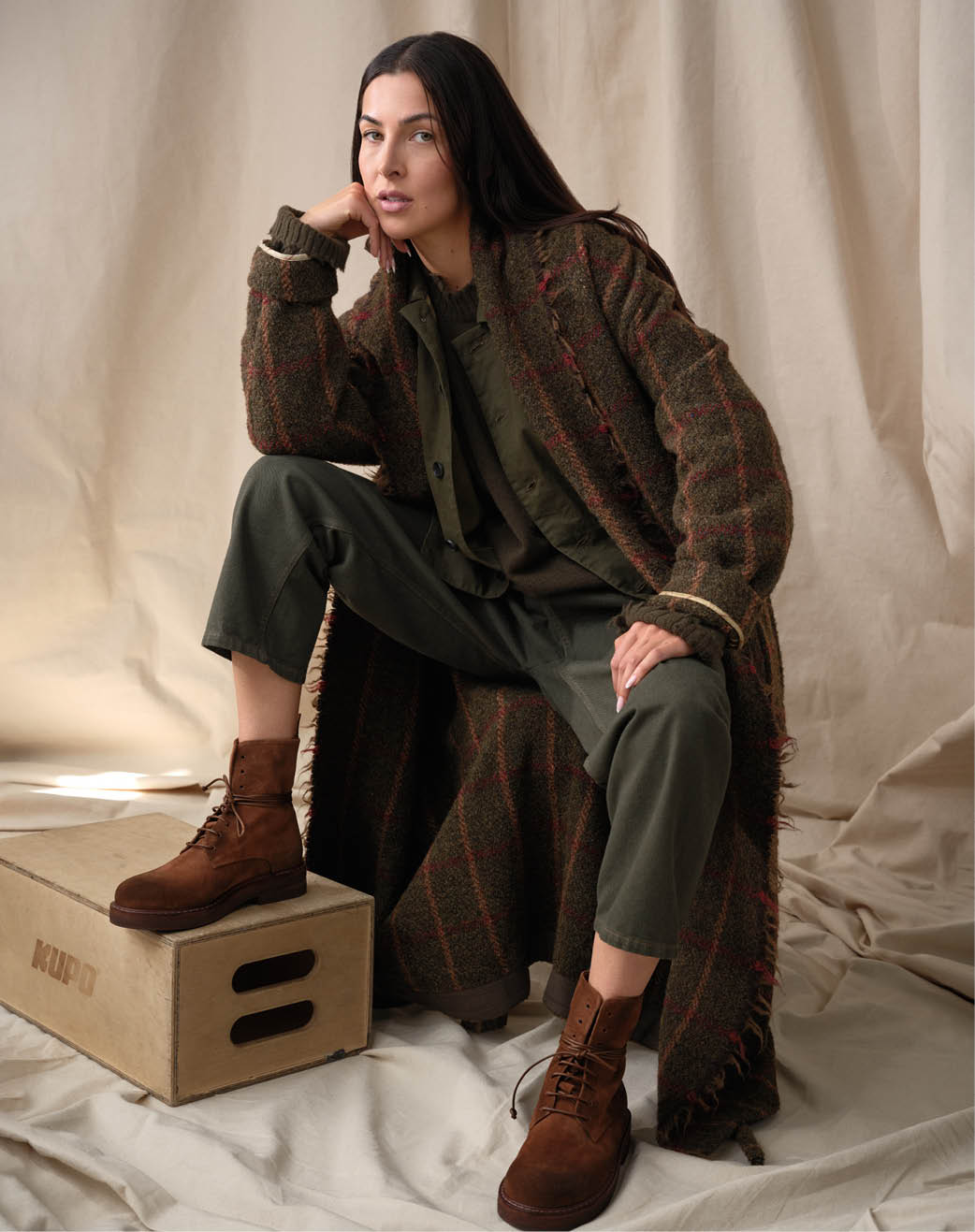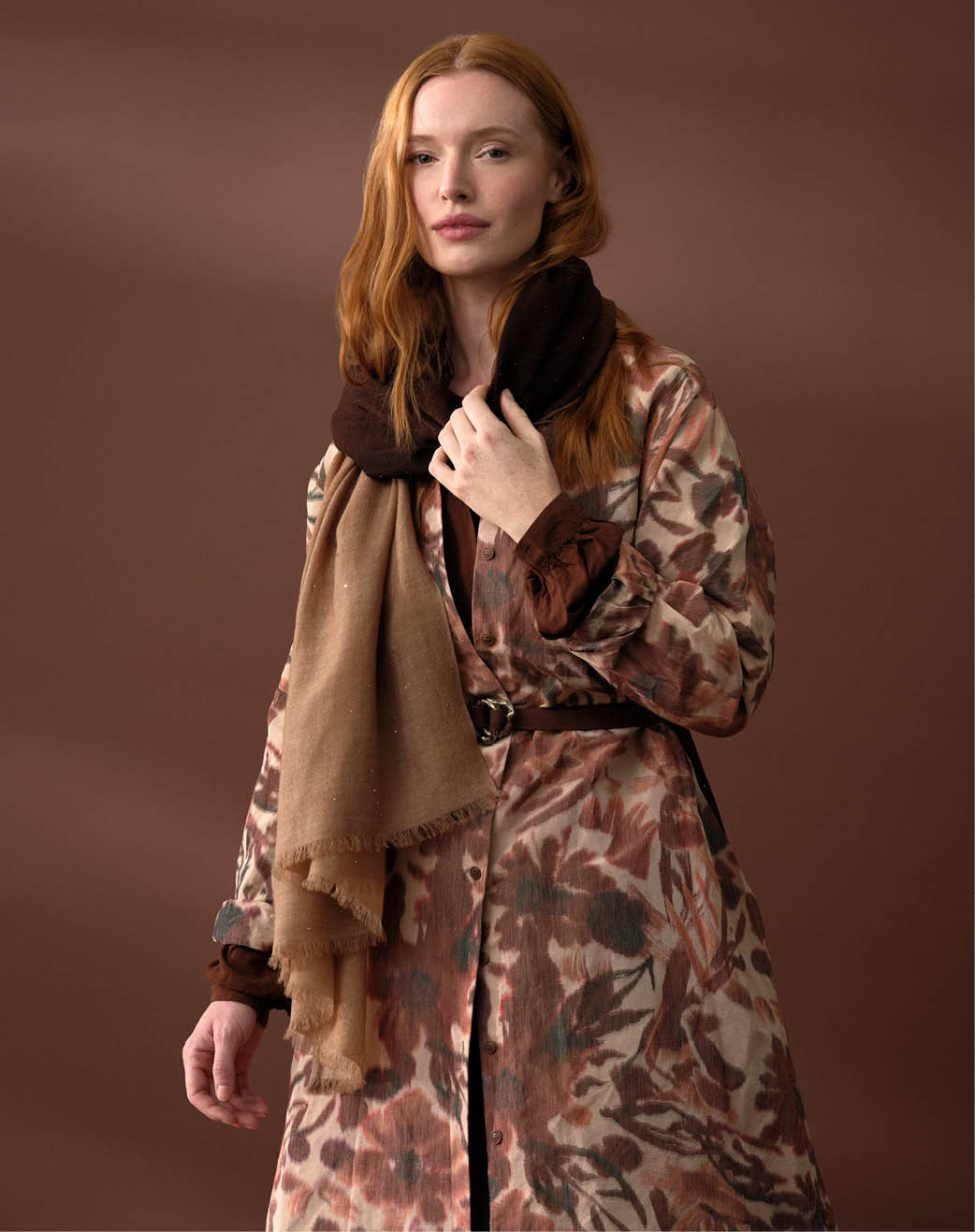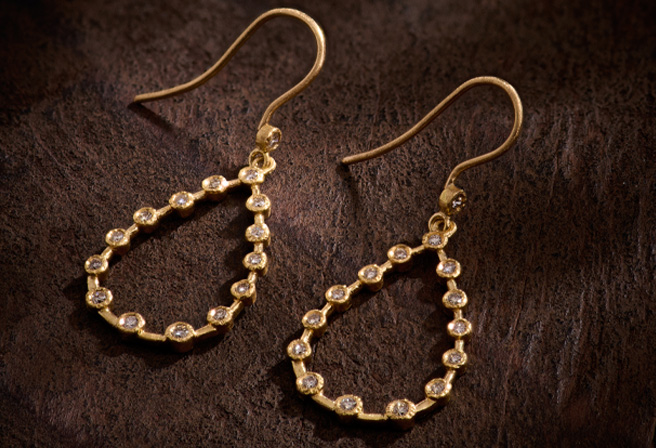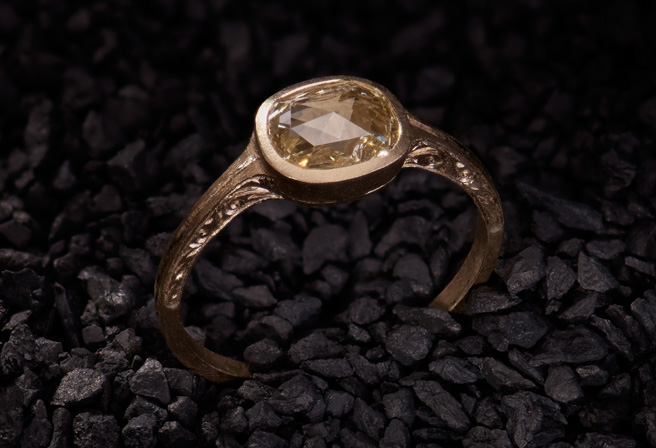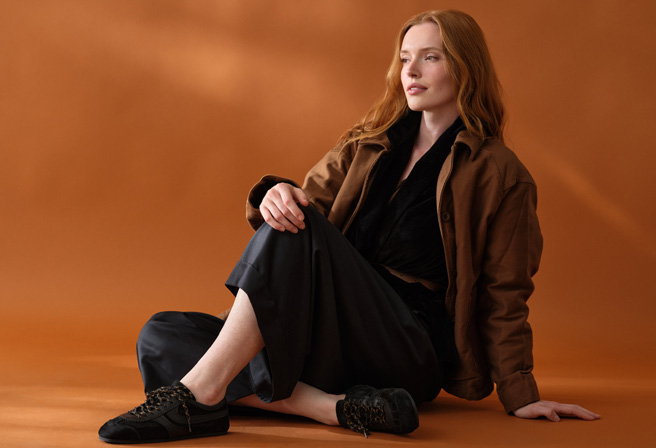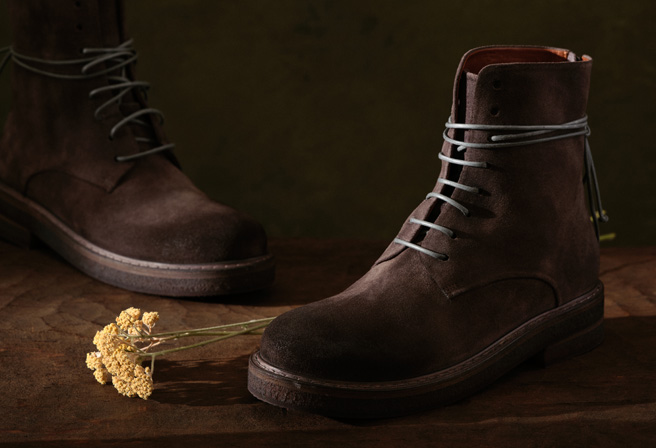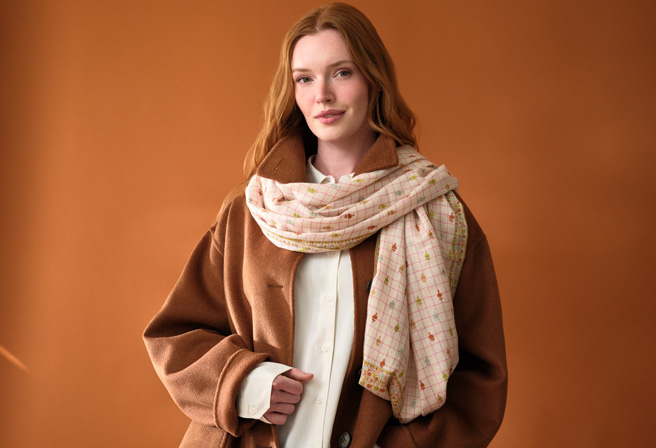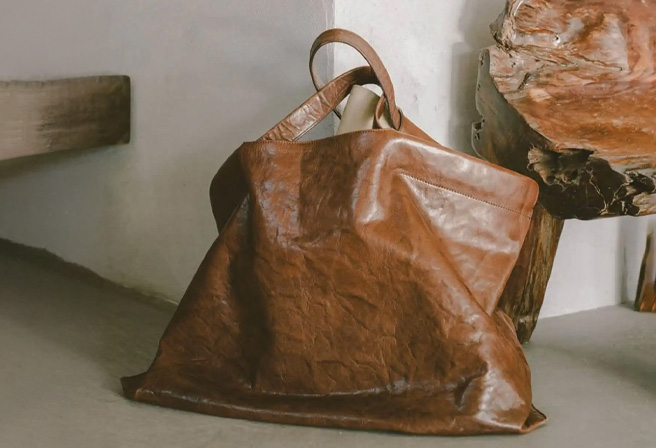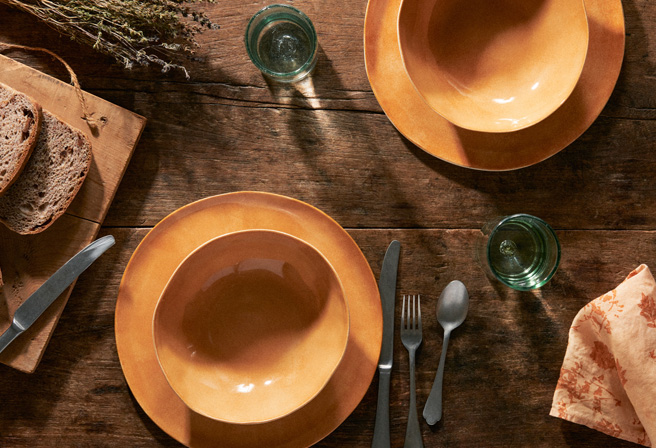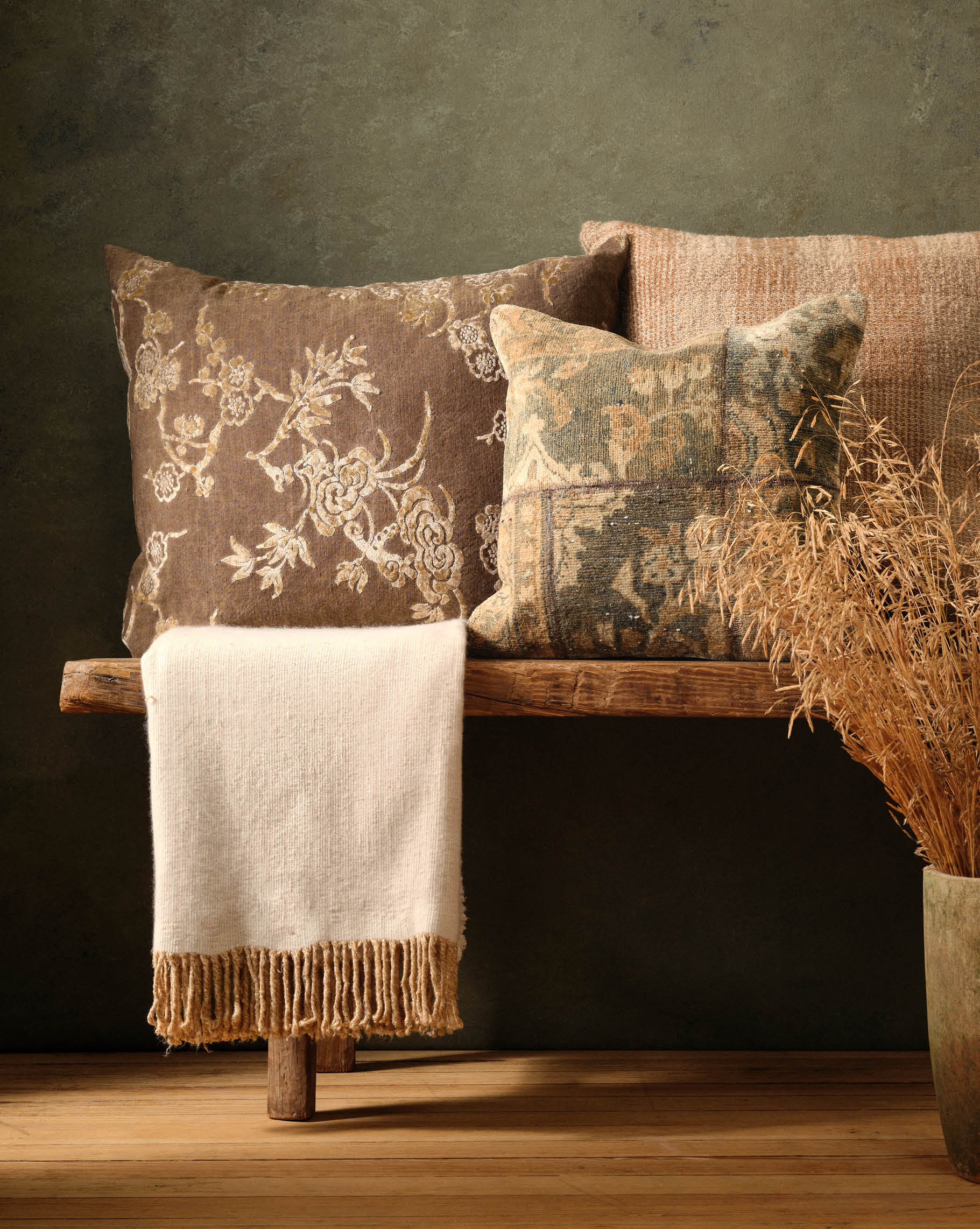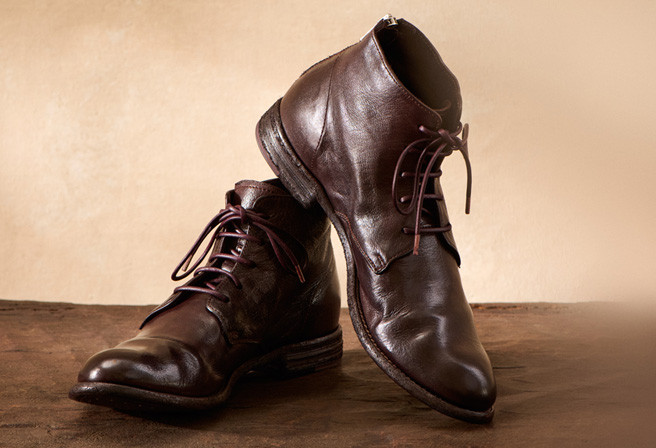The size, shape and luster of a pearl are determined by many factors, such as the climate of the water in which the oyster is housed and the species of the oyster itself. Akoya and South Sea pearls are named after the region they originate, while baroque and keshi pearls are named specifically for their shape.

“Baroque” is a catch-all term for any pearl that is not uniform in shape. The silhouette of these pearls are created by an uneven deposit of nacre by the oyster. Baroque pearls are very lustrous – the bumps and ridges on the pearl’s surface create more opportunities to catch and bend the light.
Nacre is the essence of a pearl, a natural substance the mollusk coats foreign fragments with to protect itself. Composed of thousands of layers of overlapping crystal plates with irregular edges, nacre is the same glistening material that lines the inner surface of oyster shells. The microscopic crystals align as such, that light passing through refracts in an iridescent manner.
The obvious variations in the size and shape of baroque pearls were once seen as a disadvantage. Today, the one-of-a-kind qualities that they have to offer are a reflection of the personality wearing them. In this way, it is no surprise Monies often works with baroque pearls, the ultimate representation of uniquely elegant self-expression.
